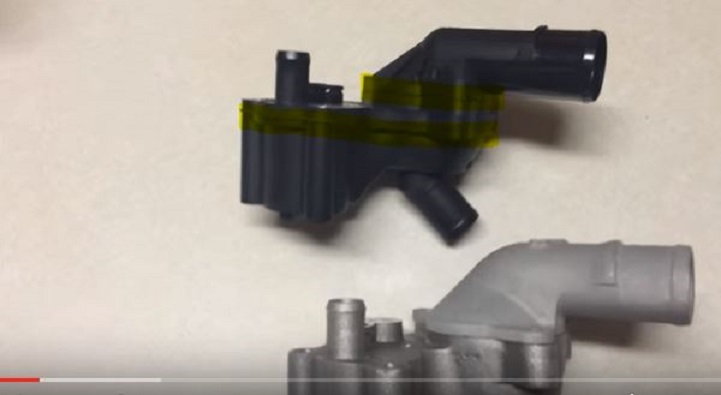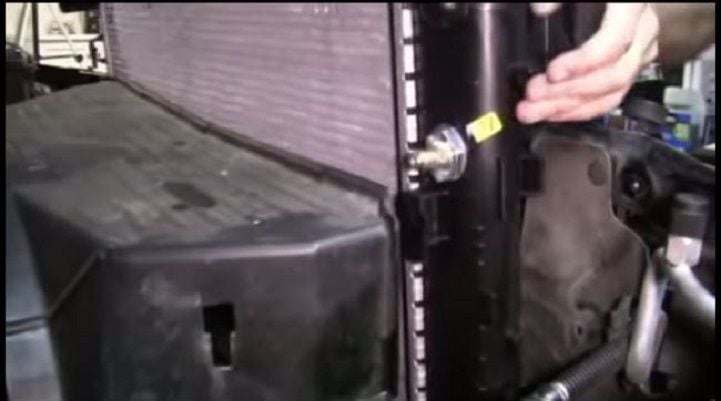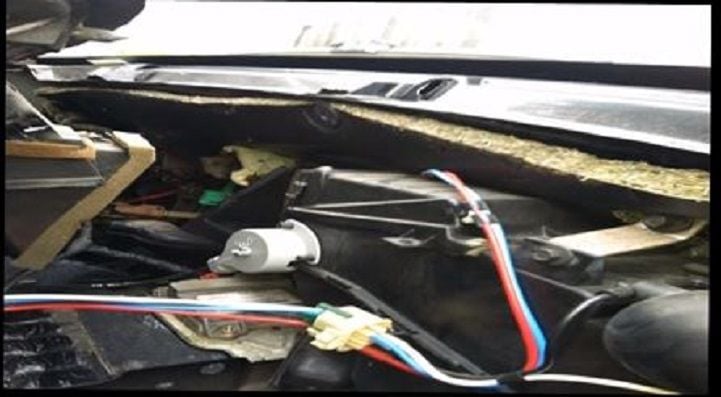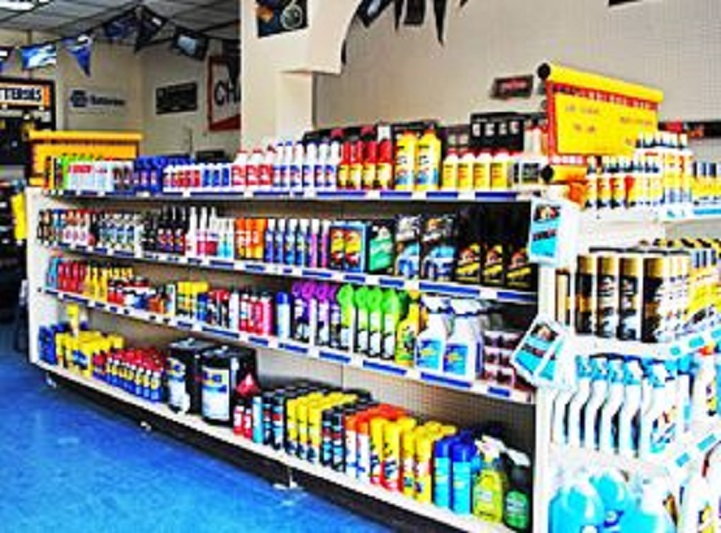Ford Mustang V6 2005-2014: How to Stop Coolant Leak
If you have a coolant leak, you should get it taken care of sooner rather than later.
This article applies to the Ford Mustang V6 (2005-2014).
Coolant leaks are one of the most often overlooked issues that plague many car owners. It is also one of the more common problems that Mustang owners face, especially with the 2004 to 2006 V6 models. The most common cause in this case is a cracked thermostat housing. Ford used plastics for this housing, so over time, it becomes brittle and develops a crack that causes a slow leak. Eventually, it will get worse. It is a relatively inexpensive part to replace and can easily by done yourself in your own garage.
Other common causes are hoses that have gone bad; most often times, right where they connect to the radiator or the engine. The radiator is yet another fairly fragile part that can leak. Road debris or rocks can fly up through your grill and poke holes into the cooling fins of the radiator, causing leakage. One of the simplest and cheapest repairs is to simply pour some kind of stop leak product directly into your radiator, and though proven to be somewhat successful, this isn't normally the best solution. It can certainly get you back on the road, but you should not consider this a permanent fix to your problem. Read on to learn of each of these possible problems and how to fix each on individually.

Materials Needed
- Cooling system pressure tester kit (may not be necessary)
- Replacement hoses (if needed)
- Replacement water pump (if needed)
- Replacement thermostat, gasket and housing (if needed)
- 50:50 premix or anti-freeze solution plus distilled water
- Non-spill funnel
- Plenty of shop rags
- If parts need replaced, you will need a ratchet, socket set, flat head screwdrivers and various box wrenches
Step 1 – Check your hoses
Bad hoses are some of the more common causes of coolant leaks in your vehicle. More often than not, the hose looks good at first glance and as such, the leak goes on for a while because it is a little tricky to find. Normally, the hose will leak right at the fittings. This is one of the hottest section of hose because of the continual cycle of high heat then cooling. The hose in this section is under a great deal of stress from the tight clamp and the changes in temperature, which causes the hose to wear quicker, become brittle and crack. This leak will follow the path of least resistance, which often times leads to the appearance of another appliance leaking. Check your hoses from end to end carefully, looking for cracking, rigidity or extremely soft areas when the engine is completely cooled. Replacement hoses are relatively inexpensive and this may solve your problem.

Step 2 – Inspect the thermostat housing
The thermostat housing is a common issue with these Mustangs. The manufacturer made them out of plastic and they are prone to cracking over time. Fortunately, they are fairly easy to fix on your own. A very few parts need to be removed to get to the housing, and then it is just a couple of bolts in order for the housing to come right out. It is relatively inexpensive to replace the housing as the thermostat itself. A couple of hours and you'll be back on the road.

Step 3 – Check your radiator
The radiator is a fairly fragile component of your engine's cooling system. Rocks, pebbles or other road debris can fly up right through your grill and puncture the cooling fins on your radiator pretty easily. This is not only often overlooked, it is also pretty common to take the easy way out and dump a bottle of sealant into the radiator. This is advisable as a short-term solution only as the sealant can break free and become lodged in places you do not want to have any blockage. As a quick fix to get you where you need to be, it is fine, but you should really consider replacing the radiator as soon as possible. New radiators are not too expensive and the DIY job is pretty straightforward that only requires a couple of hours of your time to replace. You'll only need a minimal amount of tools and you'll be proud of what you accomplished, saving a ton of money from not taking it to a professional to do the job for you.

Step 4 – Take a closer look at your water pump
The water pump is a less common item to develop leaks, but when it goes, you generally don't get much of a warning. If you have ruled out the other common areas of leakage, check your water pump closely. Although this job can be done on your own, it is quite a bit more complex than any of the others, and if you are at all unsure about doing it yourself, find a reputable pro who has a lot of experience with Mustangs. It will set you back a few bills, but you'll be able to enjoy many more miles with your Mustang in the end.

Step 5 – Heater core or head gaskets
The least common areas to develop leaks are your heater core and head gaskets. If either of these are the culprit, you will probably need to have a professional get involved, unless you are pretty skilled with a wrench. If your leakage is literally inside the cabin on the passenger floor boards, you have a bad heater core. This component is located under the dash board near the cabin fan. Replacing this is going to require a lot of the interior to be removed and will take a lot of time, at a considerable cost. Leaking head gaskets are really bad news and this condition should not be ignored, or serious engine damage is going to occur. If your leaks are coming from below the exhaust or intake manifold, you should have your head gaskets checked out. These repairs are very costly, and they can't be ignored. There are products on the market similar to the stop leak products for your radiator, but use them at your own discretion. There are many reports from owners indicating that they should never be used, as well as many who will swear by them. Use your best judgement, but again, the best solution is to replace the bad components.

Step 6 – Consider stop leak products
Although no advisable as a permanent solution, there are plenty of products on the market that claim to be a cure all for your cooling system leaks. Do your research before deciding on a product to use and always consider them good for the short-term only. Some products are designed for the radiator, others claim to work just as well for heater core leaks and head gasket leaks. Use your best judgement if you choose to go with this as a solution.

Featured Videos: Ford Mustang Cooling System
-
Mustang Thermostat Housing
-
Water Pump Replacement
-
How-to Mustang Heater Core
Related Discussions
- 2006 Mustang V6 Coolant Leak, Not Water Pump - MustangForums.com
- Coolant Leak/Maintenance - MustangForums.com
- Coolant Leak Under Oil Filter - MustangForums.com






